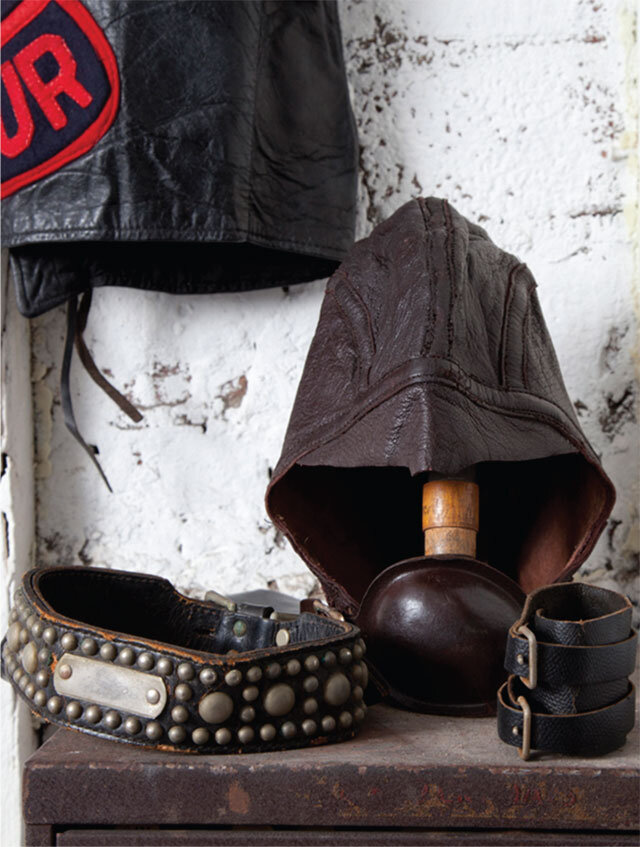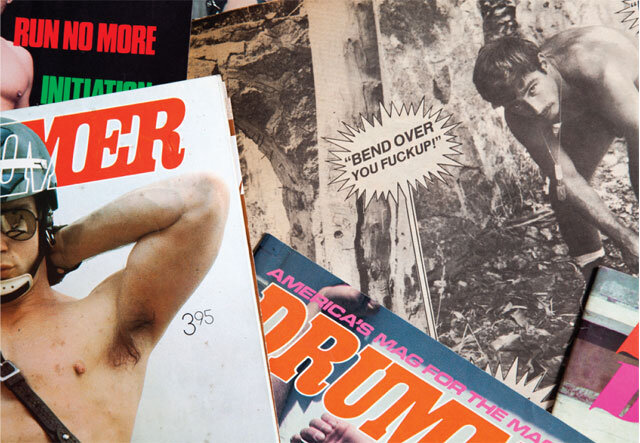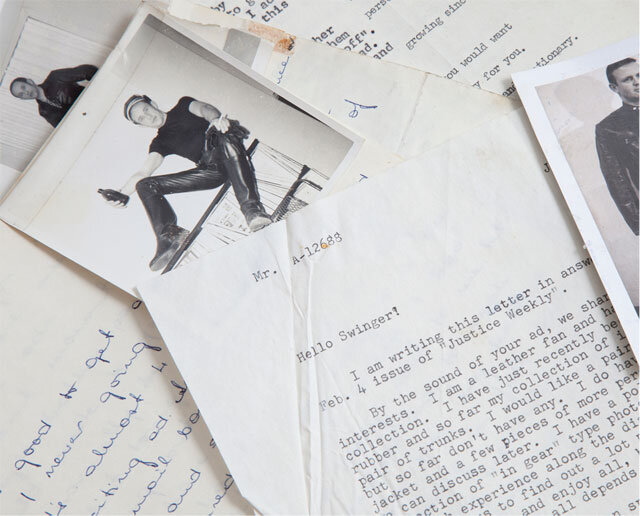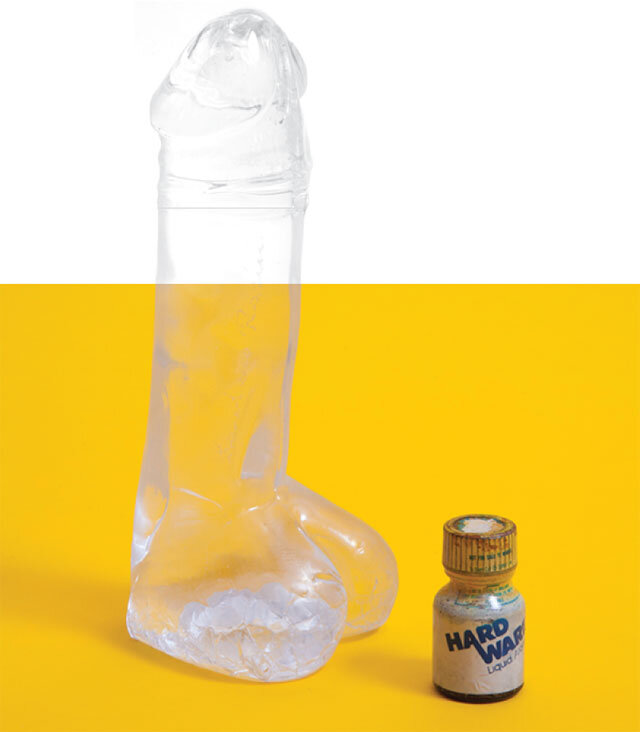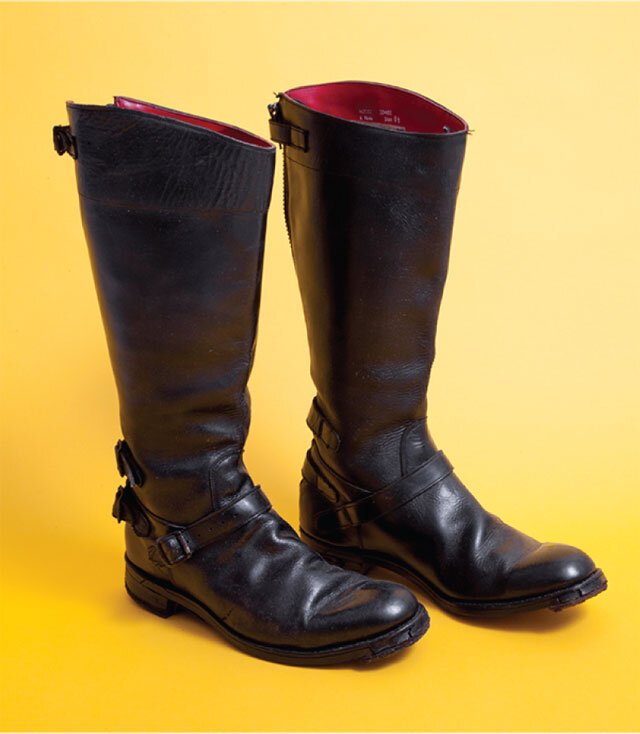VICE Magazine
“Leather Granddaddies”, for VICE Magazine
His collection includes an original Diego Rivera, sculptures by Nancy Grossman, and, most notably, one of the world’s largest assortments of vintage ephemera and relics from New York City's gay leather scene. For VICE Magazine.
Unique Gallerie & Collectibles sits on a quiet, tree-lined street in one of those North Brooklyn neighborhoods that has been transformed over the past decade from an ethnic enclave to a terminally hip brunch destination. Hector Matos, who founded Unique Gallerie in 2012, grew up in the area and watched the changes take place firsthand, along the way acquiring the antiques and artworks that fill the small shop. His collection, he told me, includes an original Diego Rivera, sculptures by Nancy Grossman, and, most notably, one of the world’s largest assortments of vintage ephemera and relics from the city’s gay leather scene.
Matos encountered his first pieces of homoerotic art in the early 80s while scouring New York City garage and estate sales, finding some of his most interesting items in basements and closets. His collection now boasts a number of impressive names—works by Tom of Finland, Arthur Tress, and Robert Mapplethorpe have all found a home here—but as his passion for the subject grew, he began to expand his horizons beyond fine art and became interested in magazines, clothing, leather toys, accessories, masks, personal photographs, and letters, which lend intensely sexual yet oddly touching narratives to the other items.
Matos was initially drawn to this substratum of the art world for purely aesthetic reasons, but in time his interests put him in touch with people who helped him understand the history of the scene as well. He credits Jack Stein, a social worker and fellow collector, with helping him uncover the secret meanings and significance of the various parts of his collection. Another key helper is Matos’s friend and assistant Nina Pearson, who has curated and meticulously catalogued every piece he owns.
Matos dreams of displaying his collection in New York galleries and museums and has recently taken a major step toward that goal, getting some of the works in the Leslie Lohman Museum of Gay and Lesbian Art. “It is my strong belief that this collection should be in some kind of public space or museum,” he explained to me. “I want this era of homoerotic subculture to be unveiled and not forgotten.”
